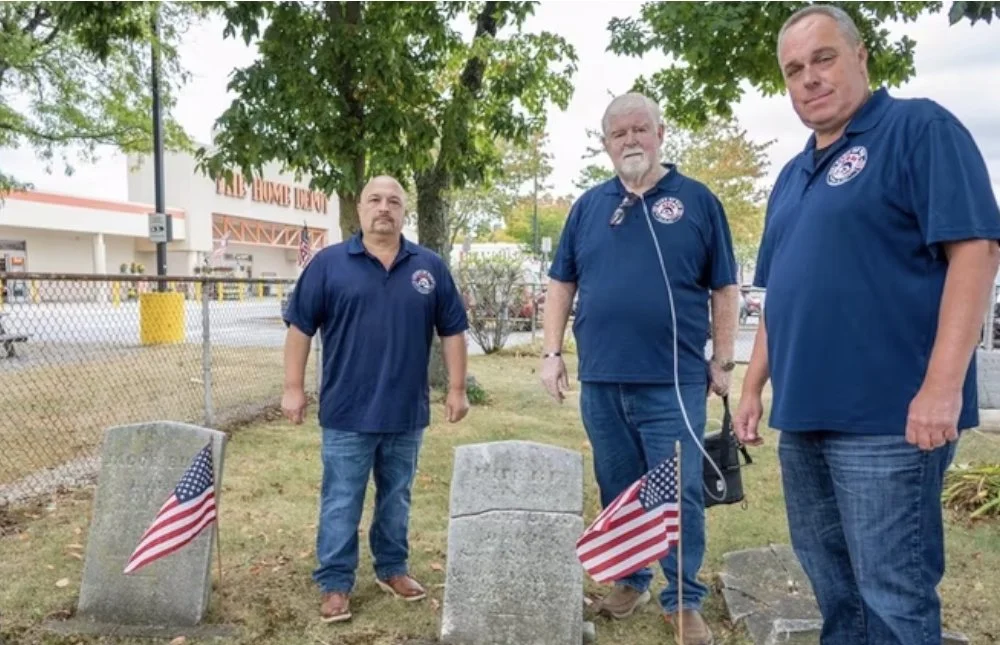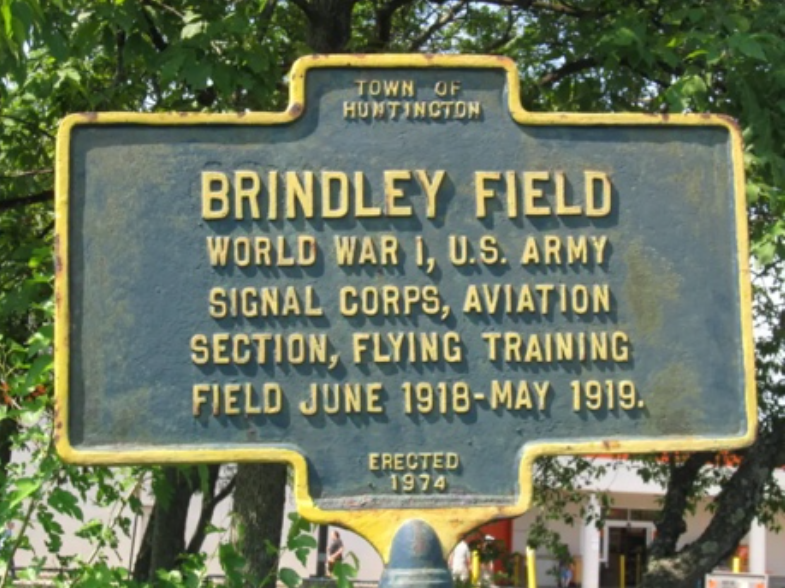RESTORING the Burr Family Cemetery
Project News
Paws of War would like to extend our deepest gratitude to The Ferro Foundation Inc for their support of Paws of War's restoration of the historic Burr Family Cemetery, located in East Northport. By undertaking the transformation of the cemetery, we are paying tribute to those who helped shape not only Long Island’s history but the history of our entire nation, and the generous donation from The Ferro Foundation will help towards bringing this vision into reality.
honoring our heroes and history
A weathered chain-link fence, adorned with small American flags, surrounds the 19th-century Burr family cemetery, now tucked into the parking lot of a Home Depot in Commack, NY. The gravestones, some cracked and leaning, sit on browning grass, their engravings—marking the descendants and relatives of the Burr family have faded with time. However, this small cemetery is set to receive a much-needed restoration.
With the support of the Town of Huntington, the Board of Trustees and local politicians, Paws of War is leading the beautification project after discovering that two of the eight graves belong to veterans of the War of 1812. This project will include restoring the gravestones, landscaping the 0.05-acre plot, installing a flagpole, and adding a plaque detailing the cemetery's history. The aging fence will also be replaced with something "more appropriate" for a historic burial site, said Tom Ronayne, a volunteer with the organization.
“By improving the appearance of the cemetery, we’re paying tribute to those who helped shape not only Long Island’s history but the history of the entire nation..”
Huntington Town Historian Robert Hughes explained that the cemetery holds the remains of four generations of the Burr family, descendants of Isaac Burr, the first of the family to settle in Commack
Around a year ago, an independent historian uncovered evidence suggesting that two War of 1812 veterans—Jacob Burr and Israel Scudder—were buried in the cemetery. Jacob Burr, a corporal, and his son-in-law, Pvt. Israel Scudder, both of whom served in the Second Regiment of the New York Militia during the War of 1812, are interred there. The findings were later confirmed by Hughes and his team. Further research revealed that Scudder married Jacob Burr’s daughter, Mary, who later remarried and is buried in Huntington Rural Cemetery.
The Burr family once owned vast tracts of land in the area, and a nearby road still bears their name. During World War I, much of the land that surrounded the cemetery served as an US Army Airfield. Brindley Field opened in 1918 and was named after a Major Oscar A. Brindley who died in an aircraft accident over Dayton, Ohio. When the field was closed in 1919 a few months after World War I ended, the land was returned to the current owner. The military buildings were either destroyed or sold to make homes. Eventually the land was developed into a shopping center in 1965. Department store founder Henry Modell agreed to move his sporting goods store 50 feet back to preserve the cemetery. In 1990, a request to relocate the graves was met with resistance from locals and Burr descendants and was quickly dropped. The cemetery remains in its original location.
The restoration work to be completed by the end of the year.










